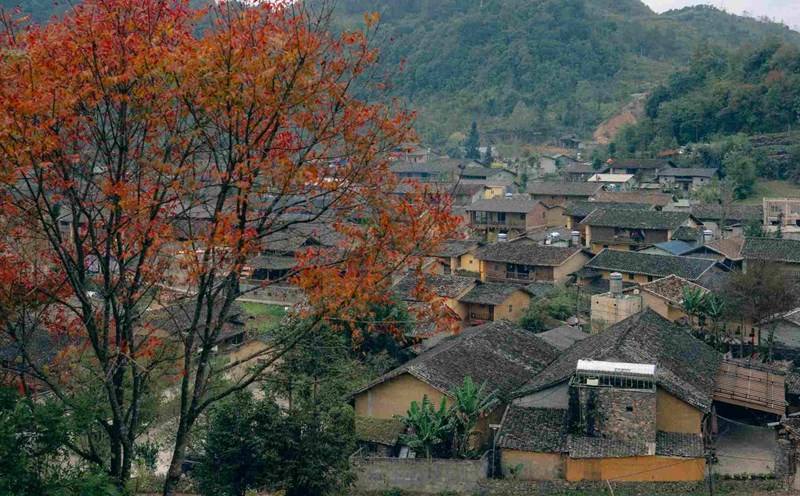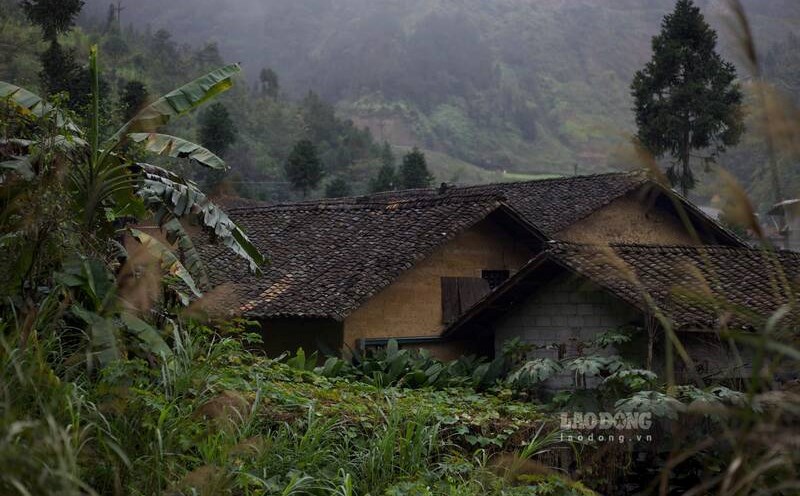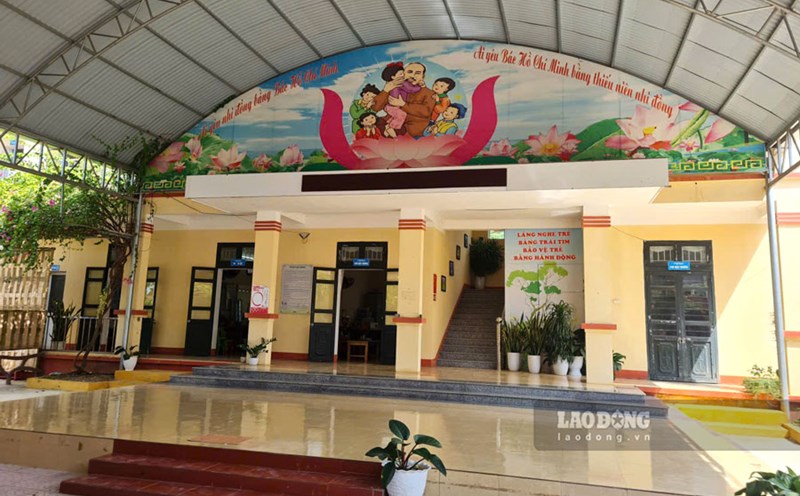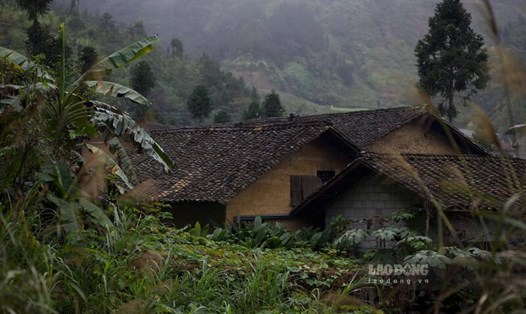We all know that seaweed is a toxic fish, eating it must be at risk of death because of the poison scientifically named "tetrodotoxin" found in fish meat, especially in the skin and liver. However, the Japanese people process toach as a delicious, expensive sashimi, which is considered to have the effect of "restarting life".
The Huong Tu is similar to to toach, is toxic and can kill people if eaten without the H'Mong people turning toxins into nutrients with their unique method. The name watermelon comes from the fact that the shape of this type of bulbs looks quite similar to a bulbs.
The watermelon is also known as the male- homing or male-headed guince, this type of guince only grows in high mountains with cold climates in the northern border area. The plant has the poison "aconitin", especially in the bulbs. Traditional medicine recorded the H'Mong people soaking watermelon with wine, then using it to massage to treat pain in bones, joints, muscles and respiratory and diarrhea.
Therefore, it is often the beginning of July to October of the lunar calendar that people start harvesting watermelon to make medicine and to eat. But to eat it, you must first remove the toxicity of the watermelon, like removing the skin and liver of the toad from the meat before processing the sashimi.
The way of Detoxifying the Huang Tau grass does not require skillful knife techniques like the Japanese with toc fish, but requires perseverance. The H'Mong people will soak the water lai in thick rice water for 1 night, then take it to wash with water and simmer for about 4-5 hours so that the venom in the lai lai can be discharged.
Rice water is detoxifying because it causes the watermelon to push toxins out of the pulp. After that, the simmering process lasts for a few hours, causing all the toxic plastic to be expelled. And the watermelon is washed thoroughly with clean water a few times to remove any remaining toxic Notch.
At this time, the H'Mong people had a soft, loose, crushed buttered root to cook porridge. Cook the rice flour with rice and sticky rice in a certain ratio, if you want the rice to be thin, you will have more rice to be thin, if you want the rice to be thick, you will increase the amount of sticky rice.
The porridge is a stewed black pork leg drink with straw, so it has a very special flavor. Cook until the rice grains are cooked, the porridge water is like a lake and gives off a fragrant aroma to cook the porridge. At this time, it is best to add the spices to taste, preferably with salt or flour, without using fish sauce to avoid the sour taste when eating.
The potted au la porridge is scooped into a bowl, in addition to the pig's feet, there is also minced meat, mashed au la flour, fresh egg yolks, chopped green onions, diced perilla, pepper.
Because the rice flour is fragrant, the color of the porridge bowl is quite brown, similar to porridge, however, the flavor of the rice flour porridge is a bit bitter like the fruit and is very rich. However, the bitterness blends with the spicy, sticky rice sauce, mixed with the sweetness of the stewed bone broth and the rich aroma of the stuck eggs to form a fragrant, sweet taste in the neck, creating a strange and attractive feeling.
Tau Tau porridge is always eaten hot but should not be eaten cold to take advantage of the medicinal properties. The H'Mong people know that the medicinal properties of watermelon are very good for sedation and wind protection, so this dish was first used for sedation. Adding green onions and perilla also adds this advantage of au Tau porridge.
But then, the hot pot porridge gradually became a delicious dish, with the effect of curing diseases, nourishing health, soothing and helping to sleep well. It is the factor of soothing and helping to sleep well that creates a characteristic for au Tau porridge: People only sell au Tau porridge in the evening and late at night, not during the day, to prevent snoring while working.
However, not everyone can eat hot pot porridge. Even though it has been soaked in rice water and simmered properly, the pharmaceutical part of the watermelon is still there, and is not good for pregnant women. Therefore, absolutely do not let pregnant women eat au Tau porridge. Even ordinary people should absolutely not eat pears (also known as co coconut) after eating au Tau porridge because this combination will create poison.
Otherwise, au Tau porridge deserves to be a delicious dish typical of the Dong Van Stone Plateau and the H'Mong people here. The art of "piece - medicine" of the H'Mong people has turned a highly toxic vegetable into a unique, delicious dish with many healing and nourishing effects for the body.
Therefore, whenever you set foot in the land of cat stone, don't rush to sleep after dinner but wait until late at night to go to a hot pot porridge shop located on the side of the old Dong Van market to enjoy a bowl of hot, fragrant porridge.
Especially on cold nights because the monsoon has come, sitting in the warm space next to the rose kitchen and enjoying a bowl of au Tau porridge with all kinds of flavors, the bitter taste of au Tau, the spicy taste of pepper, the aroma of onions and perilla will take us into an unspeakable emotional state. That delicious bowl of au tai porridge is a bowl of medicine to help dispel the fatigue of a day of traveling to the Stone Plateau.











